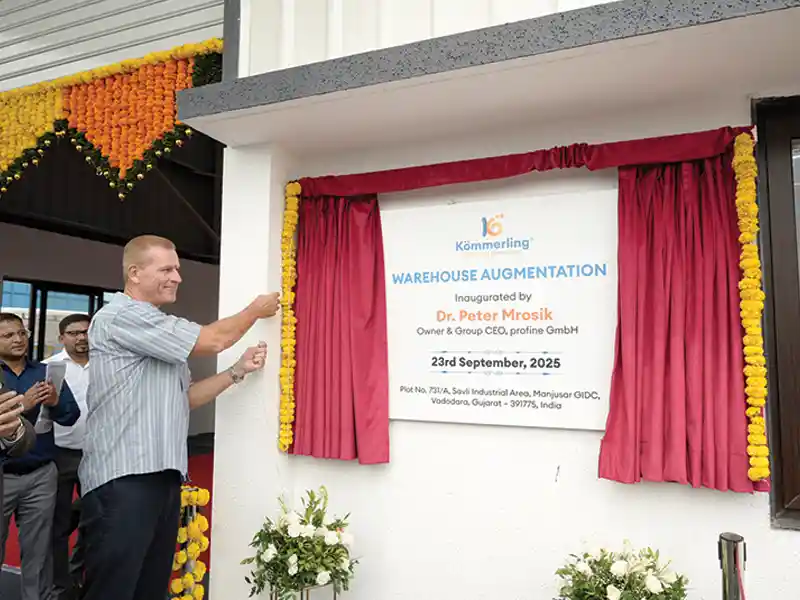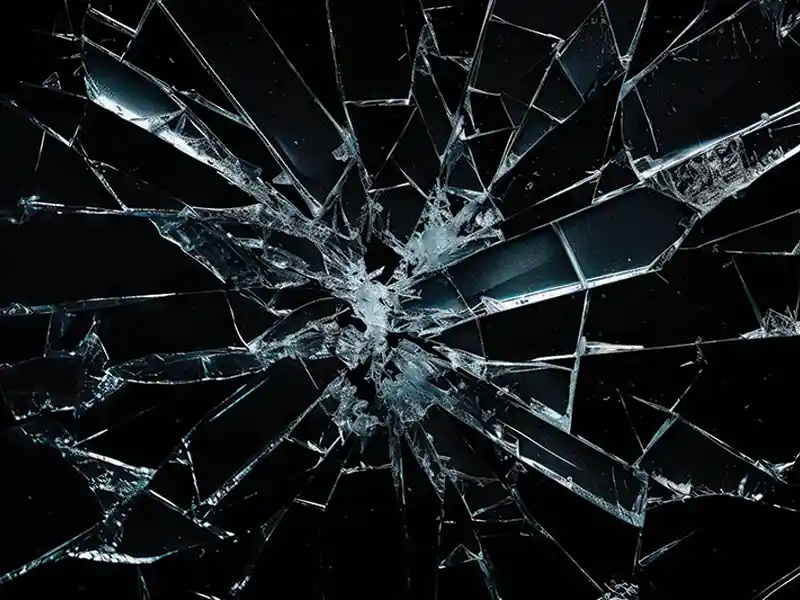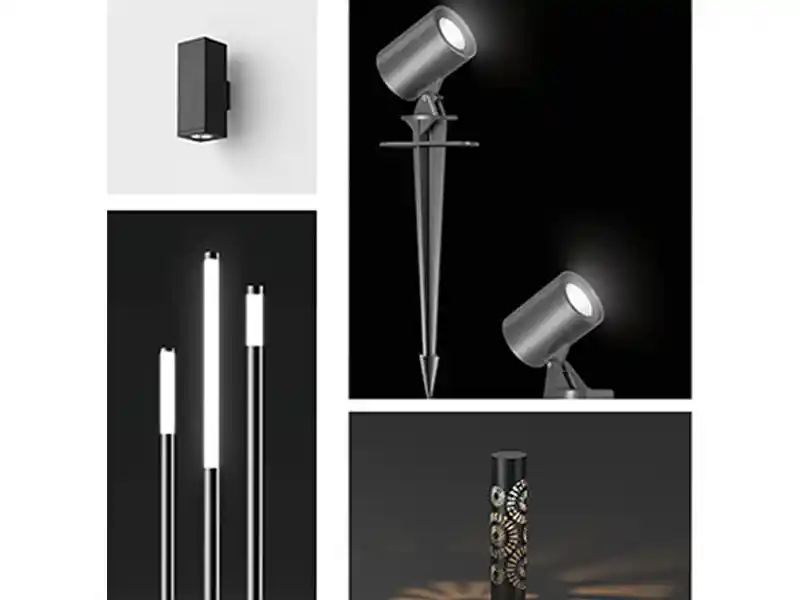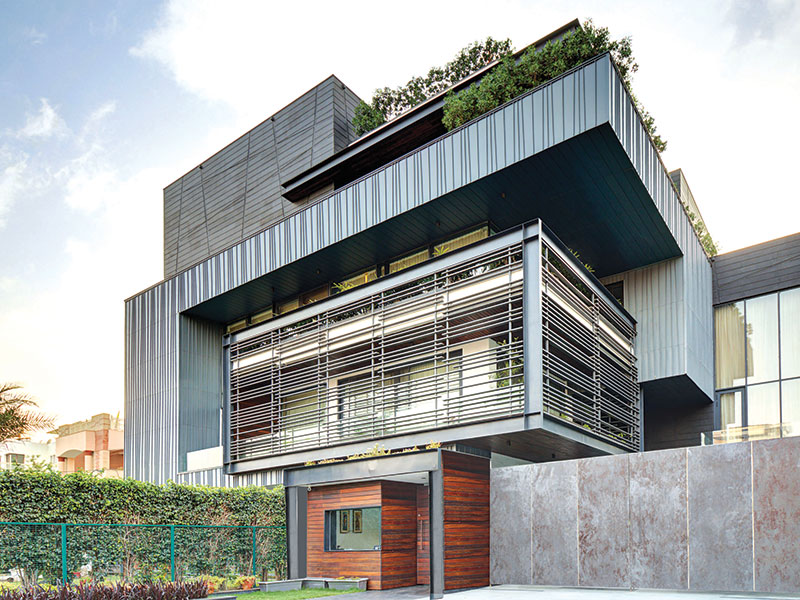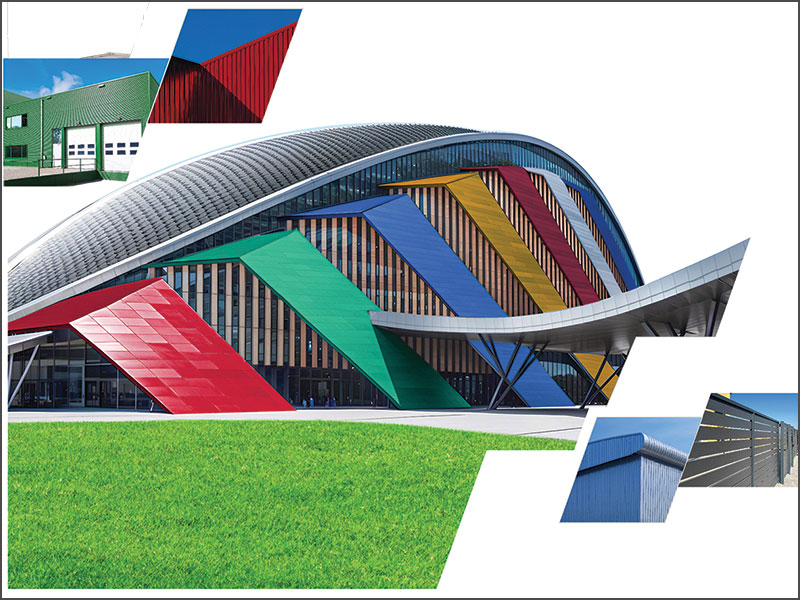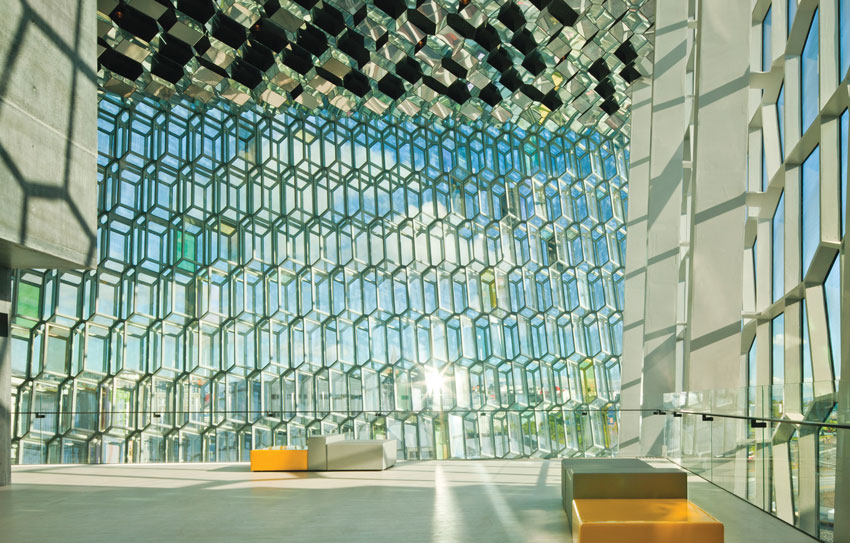
Glass elements in architectural design are adding a touch of class to green concerns, both emotional and environmental. Varsha Trehan follows the trends that are encouraging glass as a structural element.
It's chic, contemporary and with a style of its own - meet the modern glass architectural façade! Glass architecture is gaining popularity as its free flowing nature meets contemporary requirements of fashion trends of glazed facades, adaptability to elements like color and prints and innovations fitting into architectural regulations.
The old adage of 'people living in glass houses shouldn't throw stones' at a time was a reflection of the attitude of people towards glass - a see through sense of insecurity. Glass then was therefore suitable only for windows and portholes to let in that bit of light and connectivity to the outer world. Glass as a measure of sophistication and beauty was limited to fine crystal tableware and decorative items. As glass facades evolved, creating an indelible mark on the urban landscapes, things couldn't be more different as architectural glass moulds modern sustainable architecture trends.
Shades of green
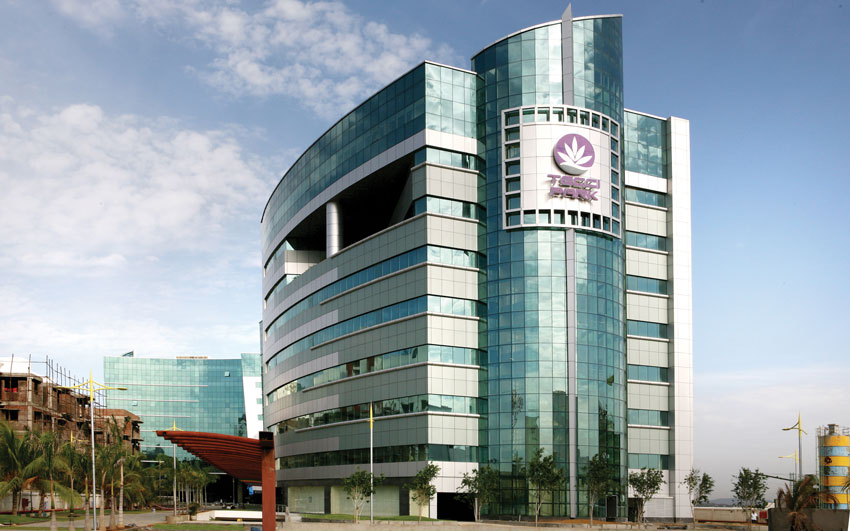
Glass fixtures in any project have always been considered for the light factor, both illumination and weight. The invention of float glass was practically, the precursor to glass manufacture innovations. With the increased efforts towards conserving energy sources and environment support initiatives catching up, glass products are more innovative both aesthetically and practically. The development of bent glass allowed architects to experiment with curved glass lines, cutting the resistance to the blank 'glass eye' look of exteriors. Glass is a cost-effective, eco-friendly and recyclable material. The modern solutions are offering benefits of energy efficiency and lighting requirements. These are signs of glazing working harder than ever before.
Meeting these requirements top players like Saint Gobain offer their SGG Sun ban and Cool Lite ranges for tropical regions that come with the advantages of advanced energy efficiency derived from their solar control nature. It's suitability for the light in, heat out issues raised by climate control requirements. Another interesting glazing solution from the same company is the KT 440 - Nano Green, a high performance glass that offers high thermal insulation accompanied by a very low solar factor. Value added products are also offered by Asahi Glass catalogs including Stronglas, Securityglas and Acousticglas.
Active and smart
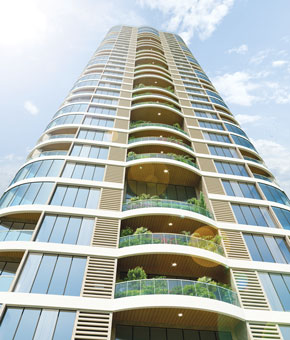
Products offering control daylight with tints, directional elements and smart solutions like electrochromic glass that utilizes a low electric current to adjust tint according to outdoor light conditions. Technologies using suspended particles or liquid crystals, manipulated with low voltages, are the others drawing attention. Keeping up with these trends, are solutions like SGG Electrochrome, offering a smart option to traditional shading. There are also imports by Glass and Glazing Technologies bringing in high performance glass products. Self-cleaning glasses like SGG Bioclean are another attraction both for environment-friendly supporters and those pushing cost control.
Solar energy and glass have always had a symbiotic relationship. Products that offer thermal absorption go a long way in curbing heat islands that is when buildings reflect off heat with different construction technologies, they heat up their immediate neighborhood. Thermal absorption can curb this menace while generating electricity for in house utilization within the project.
Addressing modularity
Building blocks are now a part of construction methods as the need for modular elements conveniently addresses speeding deadlines. Modular construction minimizes wastage of effort, materials and time, especially onsite. Glass is ideal for bulk transporting in precut or premoulded forms for assembly onsite, encouraging clean construction.With its modular nature, glass structures deal with stresses of fire, wind, earthquakes and other natural elements. Isolated areas can be repaired or maintained conveniently too. Coated and laminated products control spread of dangerous shards in case of impact, thereby quelling another fear of glass architecture. Suitable solutions include Armor Plus for safety glazing applications with Dupont's SentryGlas.
Opening up inside
Where glass facades are mirroring constructional changes, the interiors of everything from offices to homes are placing glass to give the sense of openness and freedom to interiors. Glass has moved into our personal spaces from the window pane, table tops to the tiny corner shelf.Here too the smart products assure us shatter proof safety offered by safety or toughened glass versions to privacy on demand. A smart glass partition will turn translucent to opaque on demand allowing the same screen to afford limited viewing or turn into a projection screen, if required. Safety glass products are many times mechanically stronger and have a higher thermal resistance than ordinary glass. The capability of glass to be shaped without losing out on strength or appearance allows it to work as a substitute for most concrete structures from stairway balustrades to partition walls.
Sophisticated support systems
With the development of supporting construction sealants, coatings, cables and other structural innovations the problems of leakage and security are being suitably resolved. Leading the way in these support systems are Dupont's Glass Laminate Interlayers (PVB), Dow Corning Silicone products, the 3M range, Dr Fixit and more.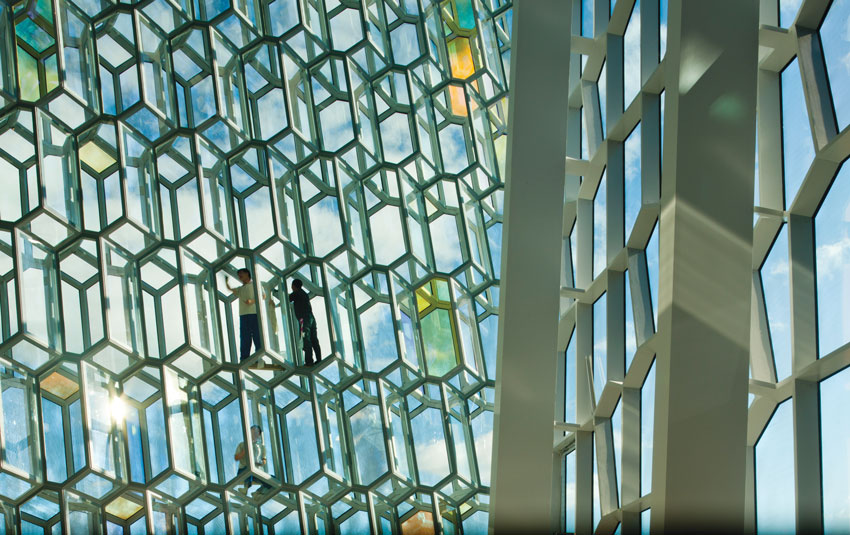
Another encouraging trend is products developed as complete packages, removing the hassles of procurement and plugging the loopholes experienced with mix and match practices earlier. So, one can shop for window or door glazing, with customized frames and accessories from companies like Fenestra or Veka. In the interior spaces companies like Dorma have several assembly systems for internal partitions, doors and other requirements. Spider fittings and patch fittings, another essential for glass cladding, is a support system that is growing in quality and strength as glass cladding catches the market's interest. These allow large glass surfaces with lighter supports creating an experience of space and including the natural landscape for users.
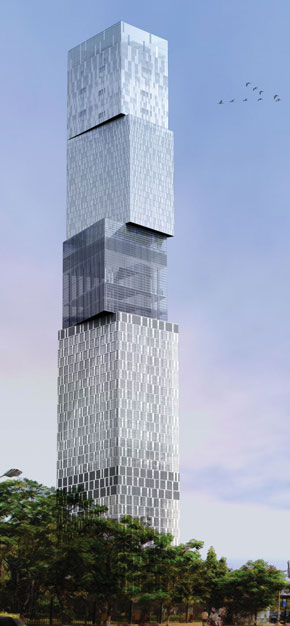
This has accounted for the improved optical quality and better finished end products for tempered bent glass. Innovations like self-cleaning glass, which is class coated with coatings like titanium dioxide, reduce maintenance of surfaces. Several brands also throw in recycling discounts during renovations and replacement, further cutting long-term costs. The materials used for the frames and supports also contribute to the green coefficient of the glazing, and thereby for the whole project.
As they plug the holes and pinpricks, progression in these products is also encouraging builders to go ahead with really highrise buildings, taking the fantasies on the drawing boards to transform into reality on ground. Glass architectural feats are truly reflecting the sky as they soar upwards, whether it is the Burj Dubai with its approximately 900,000 sqft exterior, or the Gold rating LEED projects of ITC's corporate headquarters or maybe just that graceful colonial bungalow next door that has been given a makeover.
What could we do better?
One of the speed breakers for adopting and including glass in the design is the ignorance of the flexibility and safety of glass. India lags considerably behind neighboring China and global markets like Europe and North America in per capita consumption. Manufacturers are working on customer awareness as well as training of skilled labor. A great product installed poorly is bound to prove unsatisfactorily. Design team and project engineering services are on the increase. With informed designing there can be considerable savings in materials and product requirements considering that less glass will require lesser structural support. Again, curved glass is likely to be stronger than flat glass. However, in India it is float glass that grabs the maximum share in real estate applications, gauged at almost 60% of the production, projecting the scope for greater market maturity for the consumption of more sophisticated products.In a majorly unorganized sector as in India, the availability of products meeting standards on all parameters of design, testing and other accountability is a challenge. Also, with a price conscious market, those offering standardized products are challenged to maintain their price tags. Despite this there are names like Asahi Glass and Saint Gobain who have elected to set up multiple manufacturing bases in India, which is considerable progress since the first float glass manufacturing plant set up by Gujarat Guardian for their Modiguard brand.
In a country, where the demand for transparency in all aspects of life is rising, there is no reason why glass in architecture cannot be a strong message transmitter of the hope and opening up of new vistas.

